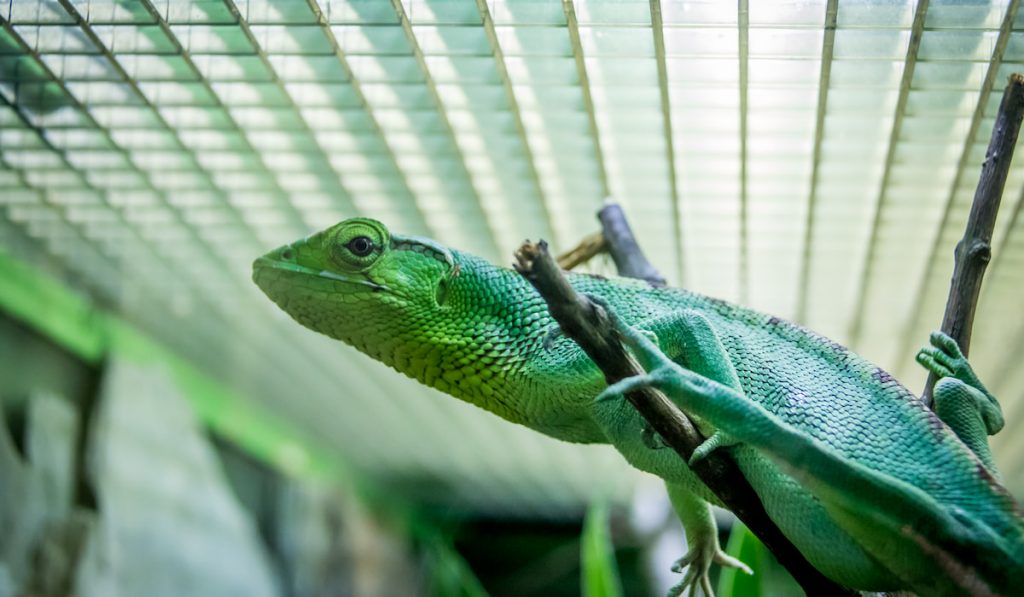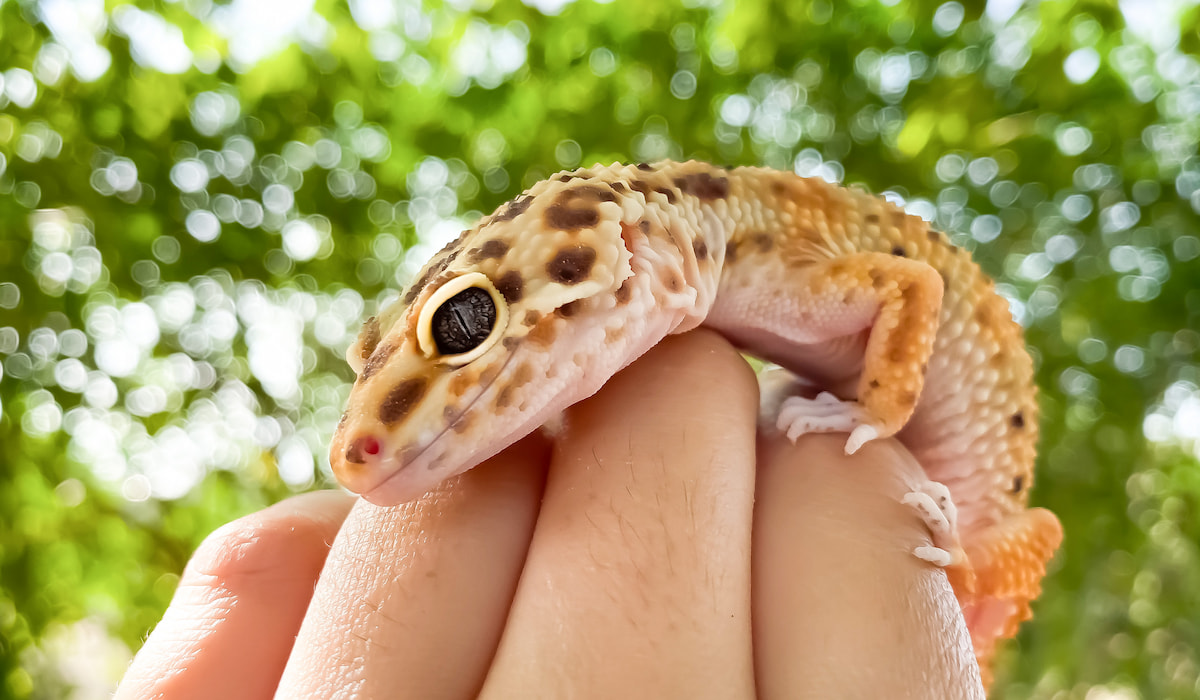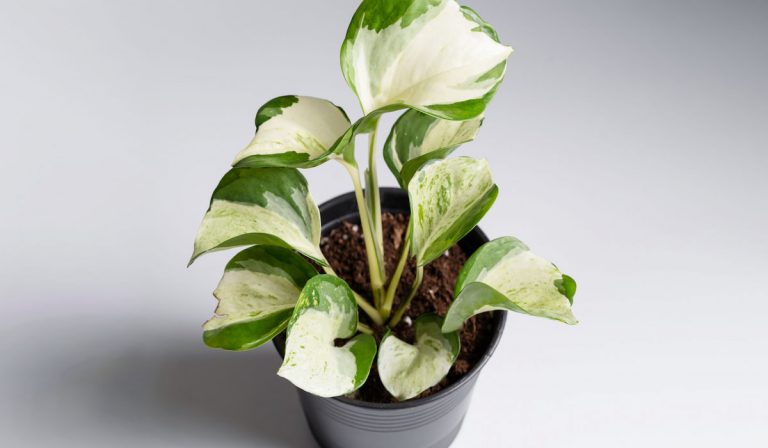Can Lizards See in the Dark?
Some lizards can obviously see in the dark. If you’ve ever lived anywhere with a large gecko, for example, you know that they are nocturnal and hunt for food best when things are dark.
Not all lizards are nocturnal, however, and not all of them see in the dark. There are popular lizard species that can see at night, while others prefer to move around, eat, and do other things during the day.
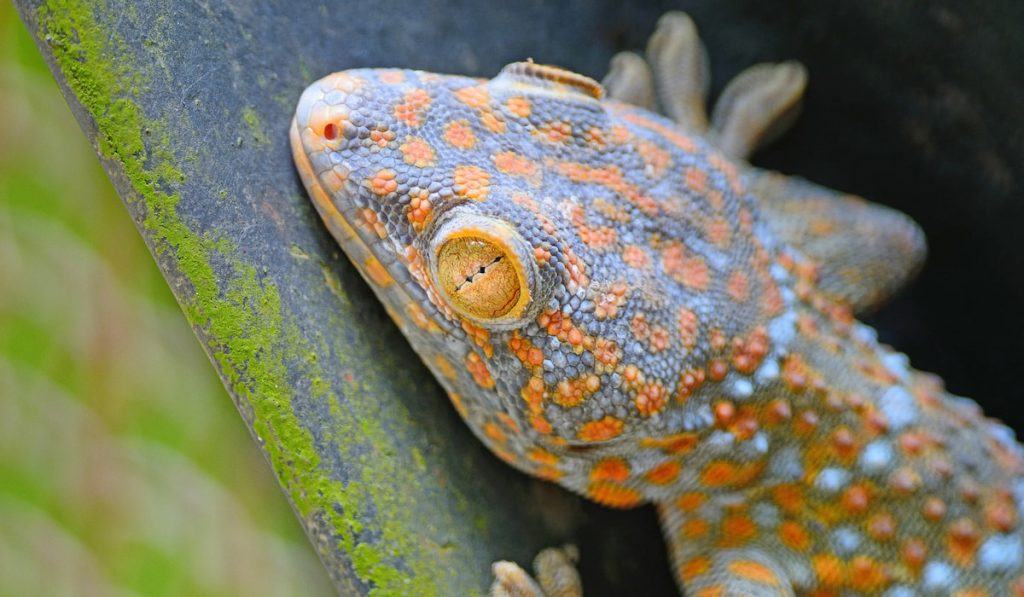
Lizards rely on vision to hunt insects and forage for other food. It’s also a very important sense for lizards when it comes to avoiding things like predators. Just think about a chameleon, and how their vision has evolved to help them monitor their entire surroundings.
Most lizards can see colors and objects very well. Whether they can see in the dark depends on if they are nocturnal. Let’s explore some of the more common nocturnal lizards and a bit about how they see so well in the dark.
Table of Contents
All About the Reptile Eye
Lizards are reptiles, and the reptile eye is strikingly similar to human eyes and the eyes of other mammals. It has a retina and a cornea, like we do, as well as pupils that help them focus and adjust to different light levels.
Some lizards, like geckos, have an extra covering over their eye that’s like a scale. It’s transparent and acts as a protector.
We know that reptiles see color. They have 4 cones compared to the human 3 cones, which means they can see all of the colors we see and more.
Obviously, we don’t know exactly what they see or how they see it, but it could help them recognize different animals better and see food and predators better when they inhabit places with a lot of different colors, like a rainforest.
Lizards’ sensitivity to color makes it important that you have a day cycle and night cycle for pet lizards. They need to rest their eyes and adjust to different settings to keep their vision sharp.
Light changes impact how much melatonin a lizard and other reptiles produce. So, how bright something is, and if you leave the lights on for too long, it can stop them from getting the quality sleep that they need to stay healthy.
Lizards who get day and night cycles typically eat better, have more energy, and are more interactive as pets.
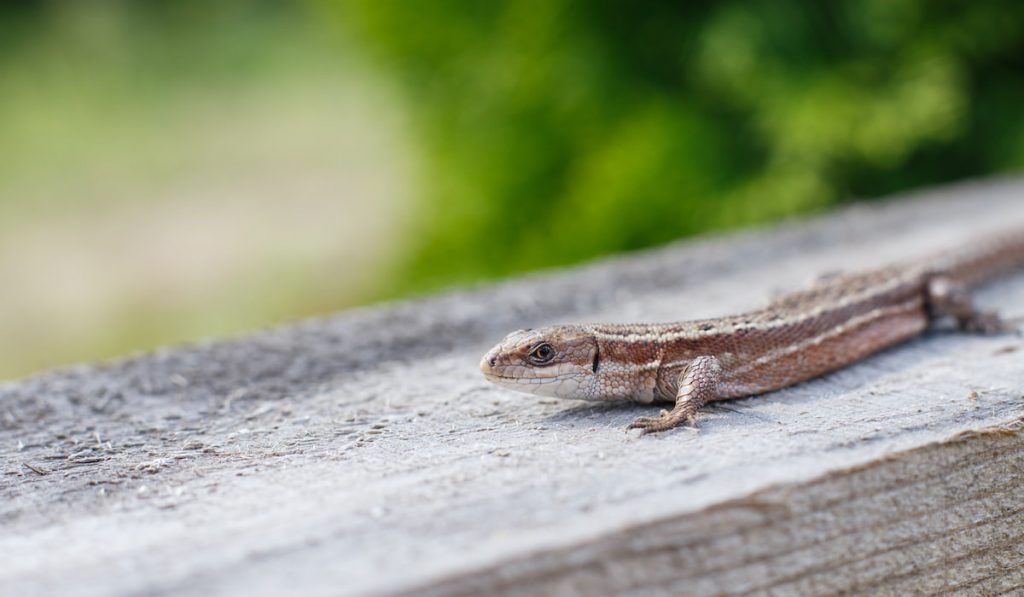
Different Types of Nocturnal Lizards
Now that we know that not all lizards are nocturnal, let’s introduce some of the types of lizards that are nocturnal and can see very well in the dark.
Geckos
There are a lot of different types of geckos, and many of them are nocturnal.
For example, the leopard gecko, the arboreal gecko, and others are nocturnal and see very well in the dark. Most of their diet consists of insects, and we all know that a lot of bugs come out when things are cool at night and there are fewer predators out and about.
These nocturnal lizards will also eat fruit to add nectar to their diet.
Twilight Goannas
You probably won’t come across a twilight goanna while you’re out taking a walk in the evening. These are large lizards that love to be out after dark.
They’re sort of like a mid-sized monitor lizard, and they hunt for small lizards that may be sleeping or are otherwise unaware. They’ve also been known to eat snakes and rodents as well.
They are found mostly in Australia, but some collectors own them here in the United States.
Crepuscular Lizard
This type of lizard is most active every day at dusk and dawn. It’s also called the and other names, but it’s one of the largest skinks in the world. It also has incredible eyesight, which helps it eat prey during these hours when it can be hard for other animals to see.
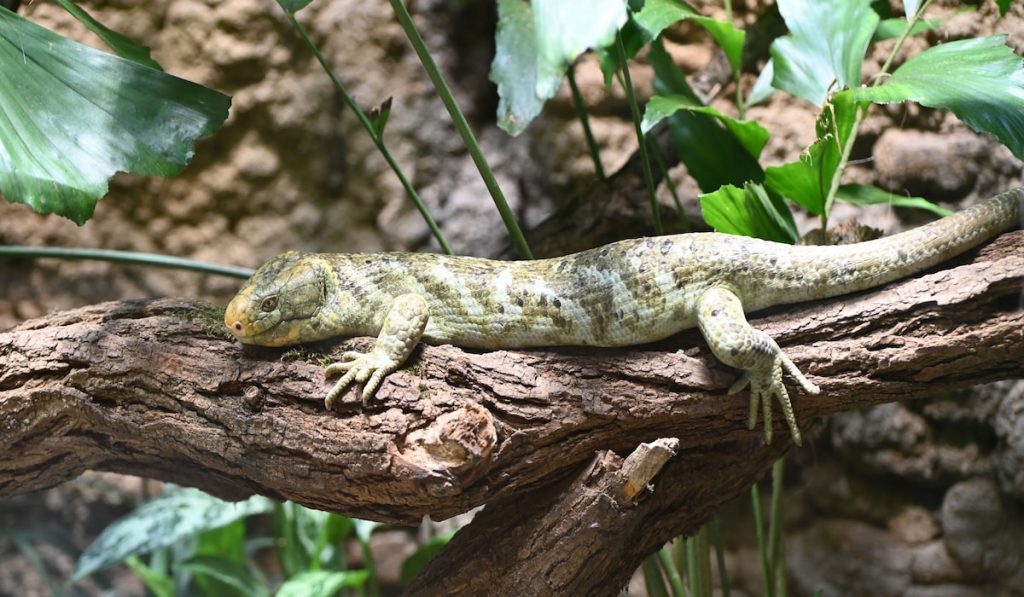
Daytime Lizards Can Also See Well in the Dark
Though most lizards aren’t technically nocturnal, most of them can still see very well in the dark.
One interesting thing about lizards is that they have a very unique pupil that expands to cover almost the whole eye.
With such a large pupil, more light gets in and they can see things much better than humans after their eyes adjust in the dark. Some lizards, with their special eyes, can see just as well in the darkness as they can during the middle of the day even though they aren’t nocturnal animals.
Their eyesight also makes it possible for them to differentiate small differences in colors in low-light settings. For instance, many lizards can spot dark blues and browns in almost complete darkness.
In places where it’s impossible for humans to see color, many lizards can see completely fine.
Keeping Lizards
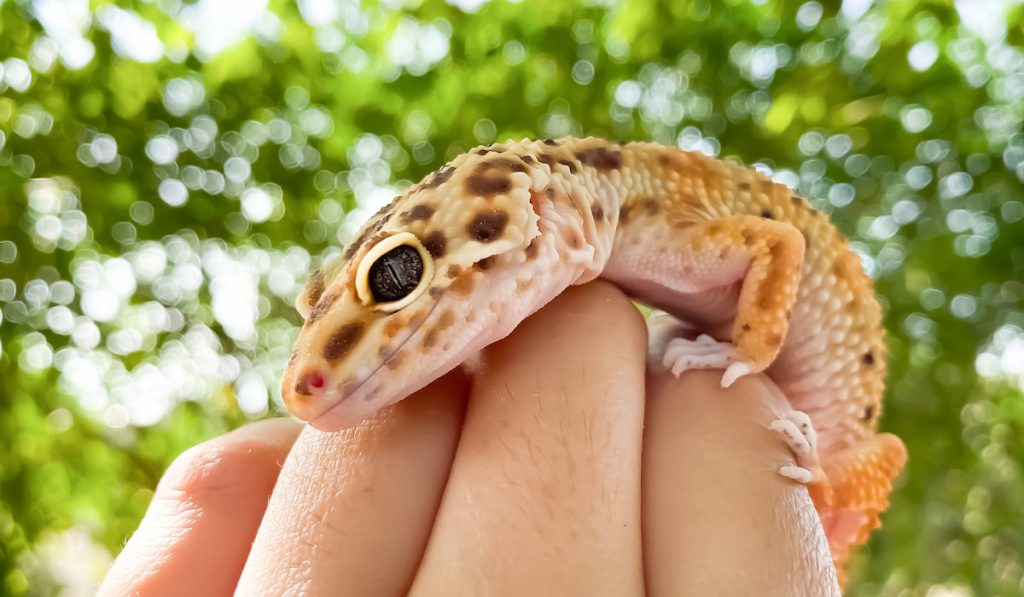
If you’ve got a lizard pet, you may be worried about whether you need to keep your lizard’s light on during the night to help them see well. A lot of pet stores sell cage lights that illuminate the cage. Don’t make the mistake of thinking those lights are for your lizard.
Your lizard, in all likelihood, can see just fine when the lights are off. And, having no lights on will help with their circadian rhythm, so you’ll know that they’re getting good-quality sleep at night.
When people install lights in lizard cages or fish tanks where they keep lizards, it’s usually because they want to see what their lizards are up to at night when temperatures are cooler and the lizards usually get a boost of energy after feeding or something like that.
Sharp eyesight is one of the main advantages lizards have in the wild. It’s something that makes them unique and has kept them away from predators’ grasps for so long.
